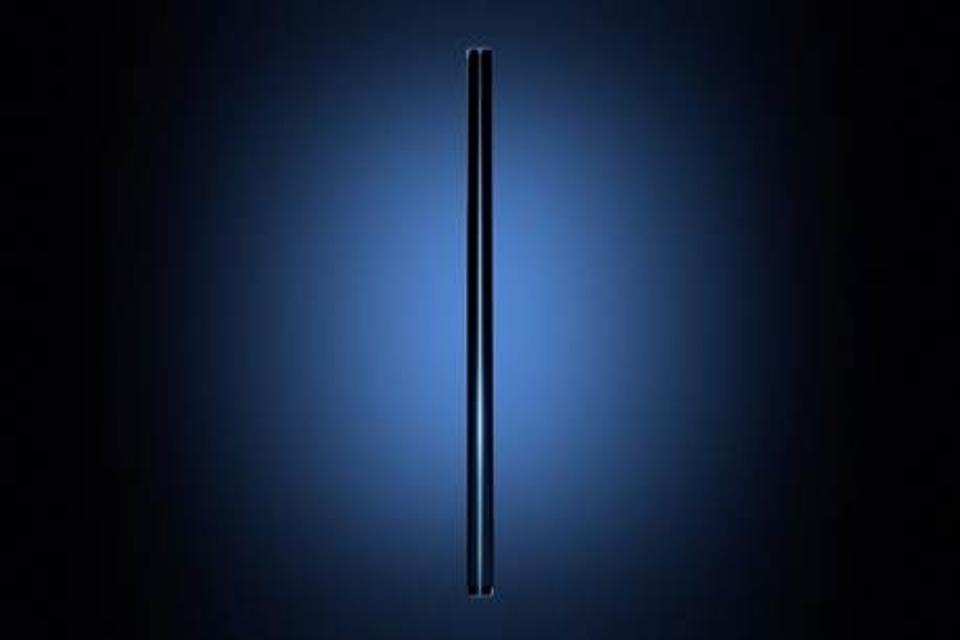Samsung has effectively announced the upcoming Galaxy Z Fold 7 already—three times, in fact—in three separate teasers that gave us several glimpses into what the new phone will be like. The clearest takeaway from those snippets is that the Galaxy S25 Edge will play a role in the Fold 7’s design.
This long, slow build-up suggests the company plans a much bigger upgrade than the small iterative updates we’ve seen for the last two generations. A contact at Samsung confirmed this to me, explicitly saying that the cover display is bigger and something closer to the size of a standard smartphone (pointing to my Pixel 9 Pro at the time).
This is good news and precisely what Fold users, myself included, have been calling for since rivals OnePlus and Google launched their wider-screened foldable phones. As exciting as that design shift will be, it was expected. I thought Samsung would make this change immediately after the Fold 6 launched last summer.
What I didn’t expect was the release of a new ultra-slim Edge phone and how that would impact the Fold 7. To me, the Galaxy S25 Edge doesn’t make sense. Judging by the rumored early sales data, I’m not alone. Either Samsung is leading the pack in a new slim phone trend (it says it isn’t copying Apple’s iPhone 17 Air), or the device is a prototype for future phones. I’d put my money on the latter.
You see, Samsung had to redesign several components to fit high-end Galaxy S25 hardware into the Edge. Entirely new processes and components were born out of the Edge’s R&D. The company isn’t going to ignore those discoveries in favor of older technology. The company said so last week.
“The newest Galaxy Z series is our thinnest, lightest and most advanced foldable yet – meticulously crafted and built to last.”
From watching Jerry Rig Evertything’s S25 Edge video, it looks like the 200MP camera and motherboard lost the most weight (in comparison to the S25 Ultra). I suspect the Fold will do the same, with the new motherboard technique being the biggest space saver.
This has long been the barrier to foldable phones. They’re cumbersome and large. Even the modern devices, with all of their polish, are still two—admittedly slim—phones stacked together. The Fold 7 looks noticeably slimmer in the teasers and it might bridge that gap between power smartphone users (read: tech nerd) and a regular device that regular people consider buying.
Samsung Won’t Stop With The Galaxy Z Fold 7
The trade-off for the S25 Edge shedding all of that weight is battery life. Lithium-ion technology hasn’t advanced like other crucial components in smartphones. Bigger is actually better. And I wonder how Samsung will offset this in the newer slimmer Fold, which needs a battery that can power two screens. Software optimization and energy-saving efficiencies can only do so much. Perhaps the wider frame provides space for another battery. We will have to see.
Samsung is also clearly planning to re-use the Edge’s tech in future Galaxy phones. I wouldn’t be surprised if the Galaxy S26 Plus is replaced by a Galaxy S26 Edge. It offers something different that the base Galaxy S and Ultra models don’t. A combination of both a cheaper price and some Ultra features, such as the 200MP camera, alongside the svelte chassis. That is a better offer than the ‘middle one’ category the Plus currently inhabits. It makes sense, but the question of battery life will continue to loom large with these ultra-thin phones.

